Review round-up: semi-hollow and hollowbody guitars
Four top electrics under £500
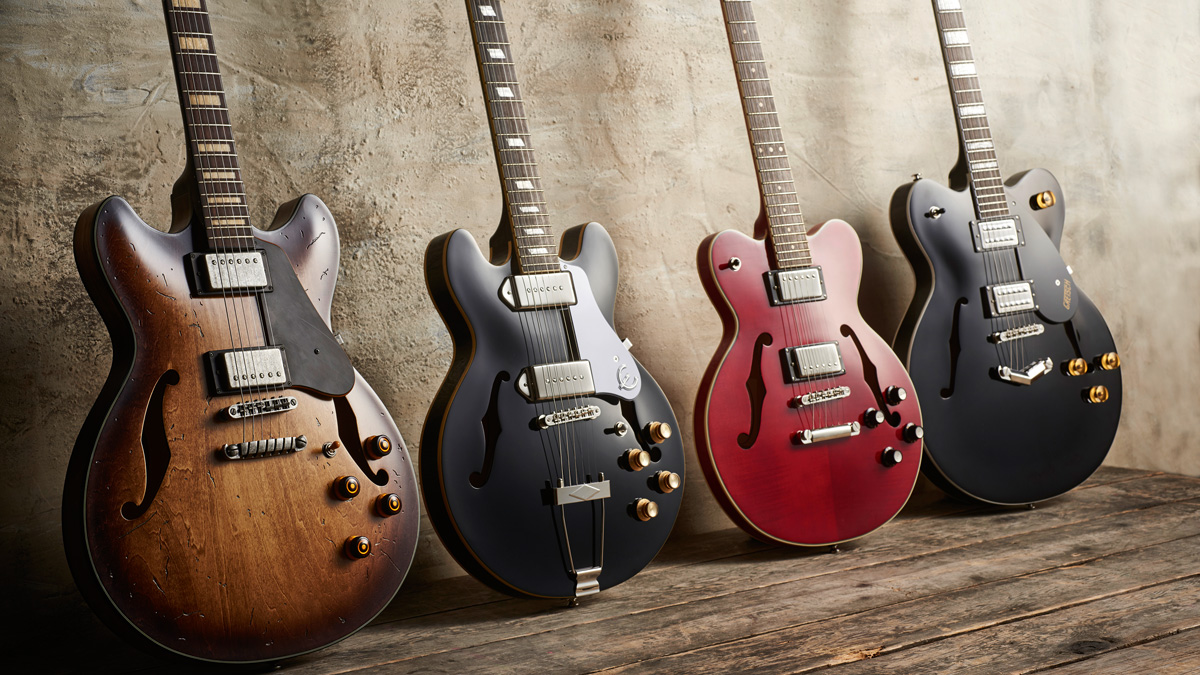
Which hollowbody will reign supreme?
Regardless of what style of music they are used for, there’s something that oozes pure class about semi-hollow guitars.
It was Les Paul who approached Gibson with the idea of introducing a new line of instruments carrying all the tone and natural resonance of a hollowbody, without being prone to the feedback that often plundered those dialing in more volume - and by proxy back then, gain. The guitar brand rejected his proposal, opting to focus on the game-changing carved-top solid bodies that built their names instead - until the formal introduction of the ES-335 in 1958, that is.
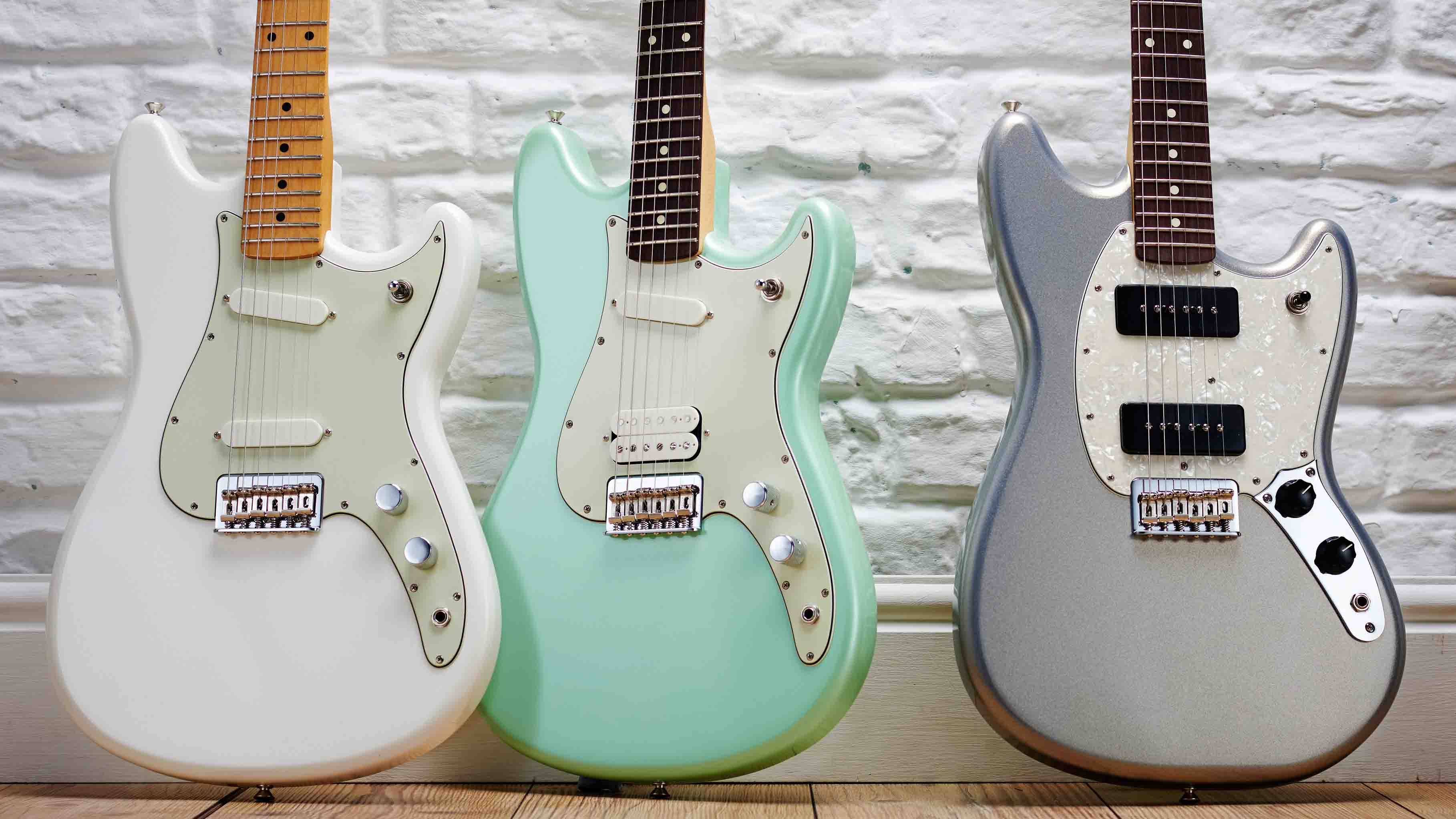
With the likes of Chuck Berry and BB King swearing by these new axes from the off, relishing the opportunity to use an instrument offering the best in both worlds - history was made.
Today, these guitars may still carry more than a whiff of that blues-rock nostalgia, but in application, they can be seen and heard absolutely everywhere: from the guitar racks of Dave Grohl, Alex Lifeson and Chris Cornell through to Noel Gallagher and a sizeable amount of his indie-rock fellowship. Here, we’re looking at four different f-hole models bringing the past very much into the present...
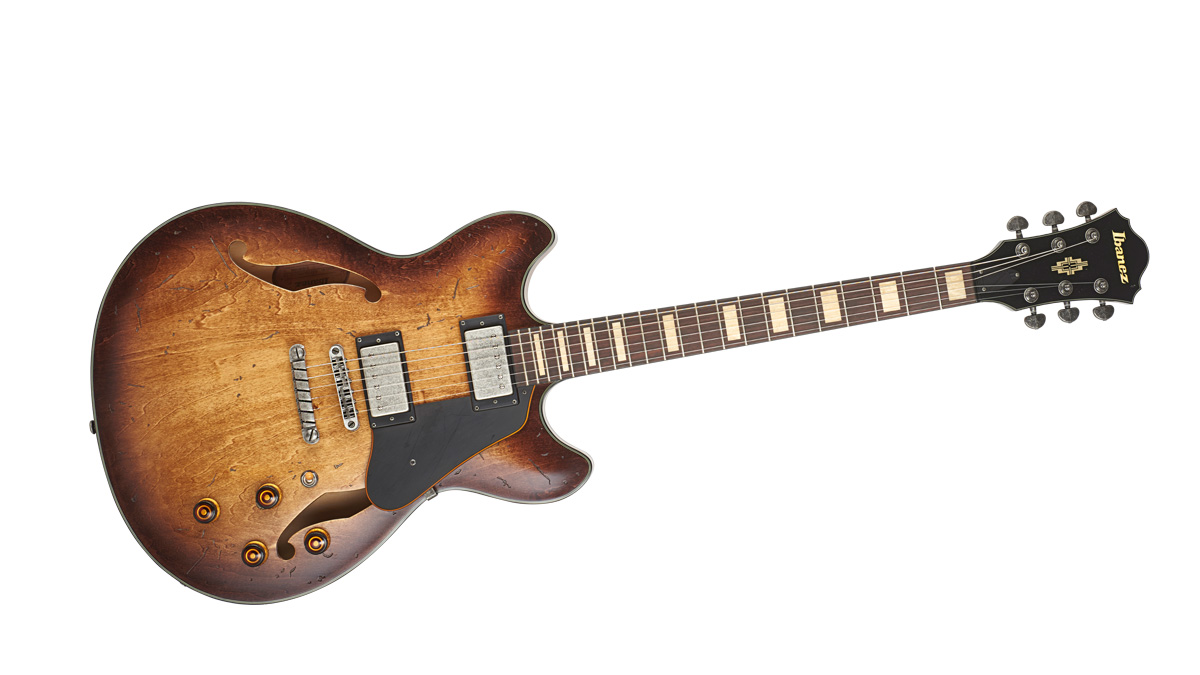
Ibanez Artcore Vintage ASV10A-TCL
Well, that’s quite the finish we have there...
Isn’t it just? Forget about being inspired by the guitars of the 50s, this thing looks like it was actually made back then, having toured around the sweatiest Memphis blues clubs, being passed from owner to owner. It’s practically a steal to get a pre-relic’d axe with such tastefully striking features for this kind of money...
But does it sound as good as it looks?
It most certainly does. In fact, there’s very little it can’t do - and while it’ll never match the glassiness of a Strat, you’d be surprised by how much ground can be covered. Roll off the neck tone knob for a classic jazz warmth, or flick onto the bridge to scream through higher-gain blues and beyond with seemingly no feedback.
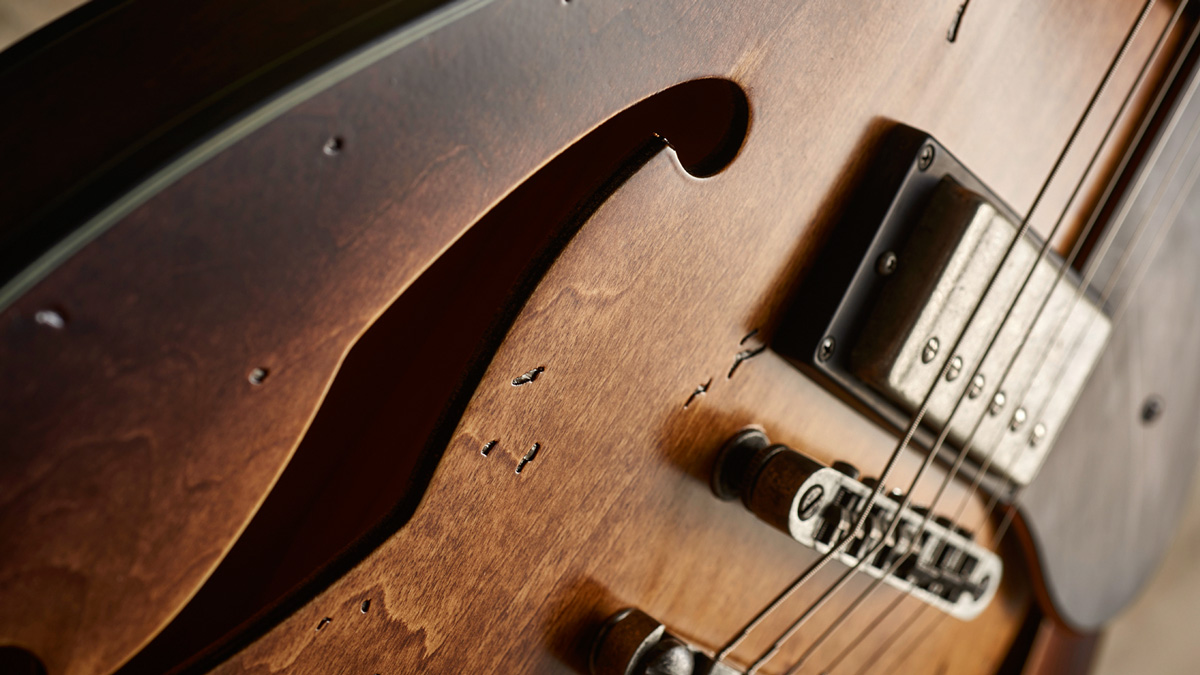
So what’s the down side?
There’s nothing this guitar does badly at all - it’s an instrument that could have easily been priced higher without batting any eyelids. Though it’s larger than some of the semi-hollows out there, staying close to the original 335s in weight and size, the sustain and resonance makes it an almost unbeatable instrument.
At a glance
Key Features: Distressed maple body, Artcore mahogany set-in neck, bound rosewood fretboard w/aged white block inlay, antique chrome hardware, 2x Classic Elite H pickups
Finish: Vintage Antique only
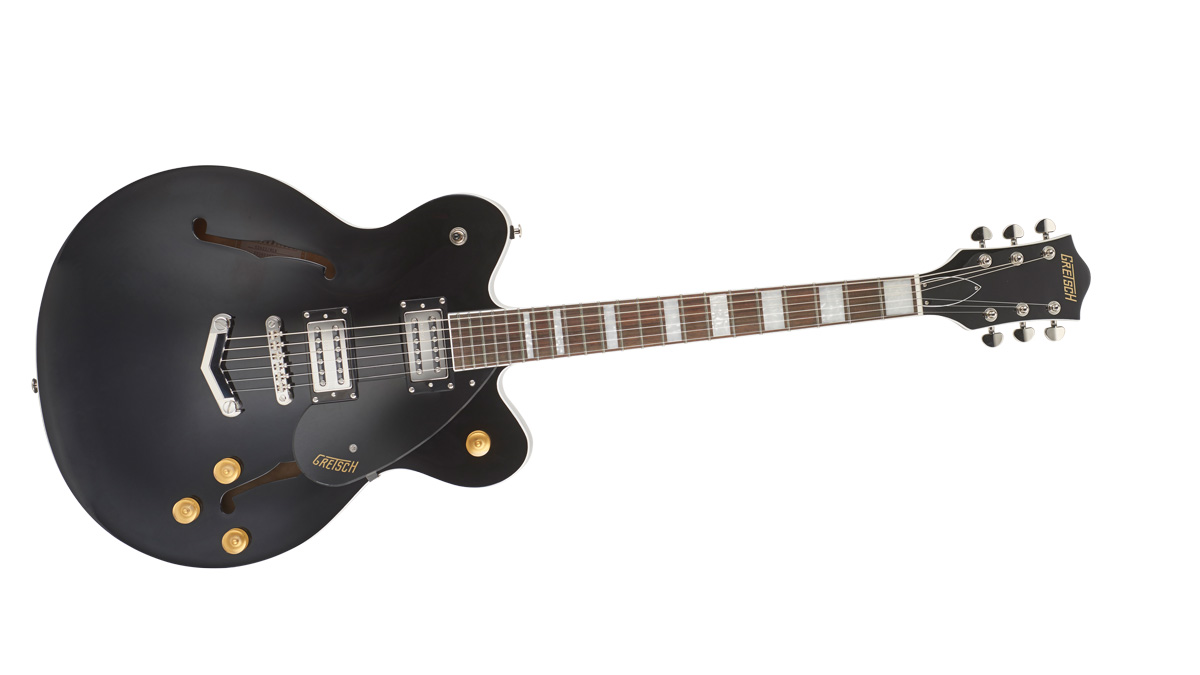
Gretsch Streamliner G2622
A Gretsch for under £400?! That can’t be right...
The Streamliner brings all the historic features you’d want into the budget market. Despite all its cost-cutting, Gretsch has managed to produce a guitar that lacks little in spirit or sound when compared with the guitars they’ve been producing since the early 50s.
It sure looks slick...
Wait ’til you hear it plugged in. With a bit more high-end spank than most other hollowbodies, you can hear why it’s these guitars have become so revered in the rockabilly and country scenes. But the fun doesn’t end there - the pickups are fiery enough for your spiciest leads and then some. Like the Artcore, there’s seemingly no end to the amount of distortion you can throw at it.
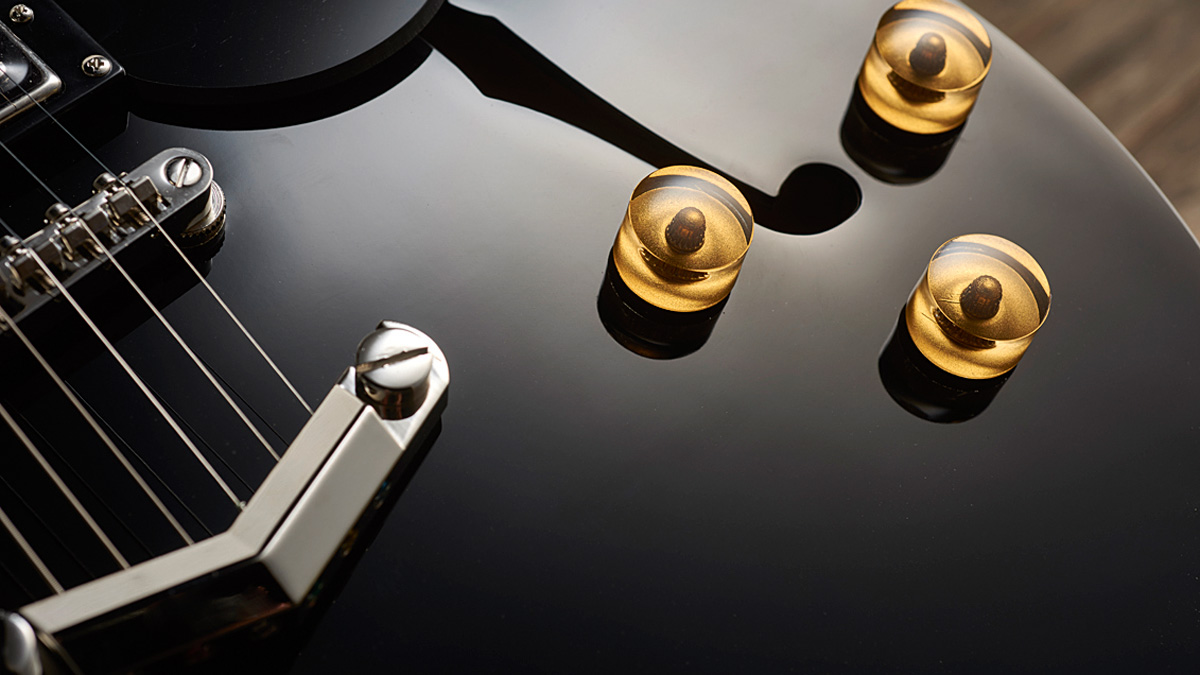
Does it play like a ‘proper’ Gretsch?
With low action and a straight neck out of the box, it’s built to make you sound like you’re on your A-game every time. Separated from the other controls, the treble pickup volume may take a little time to adjust to, but it’s a standard feature of Gretsch design - moving it would have angered more than it pleased.
At a glance
Key features: Laminated maple body, nato neck, rosewood fretboard, 2x Gretsch Broad’Tron pickups, Gretsch V stoptail
Finish: Walnut Stain, Black (as reviewed)
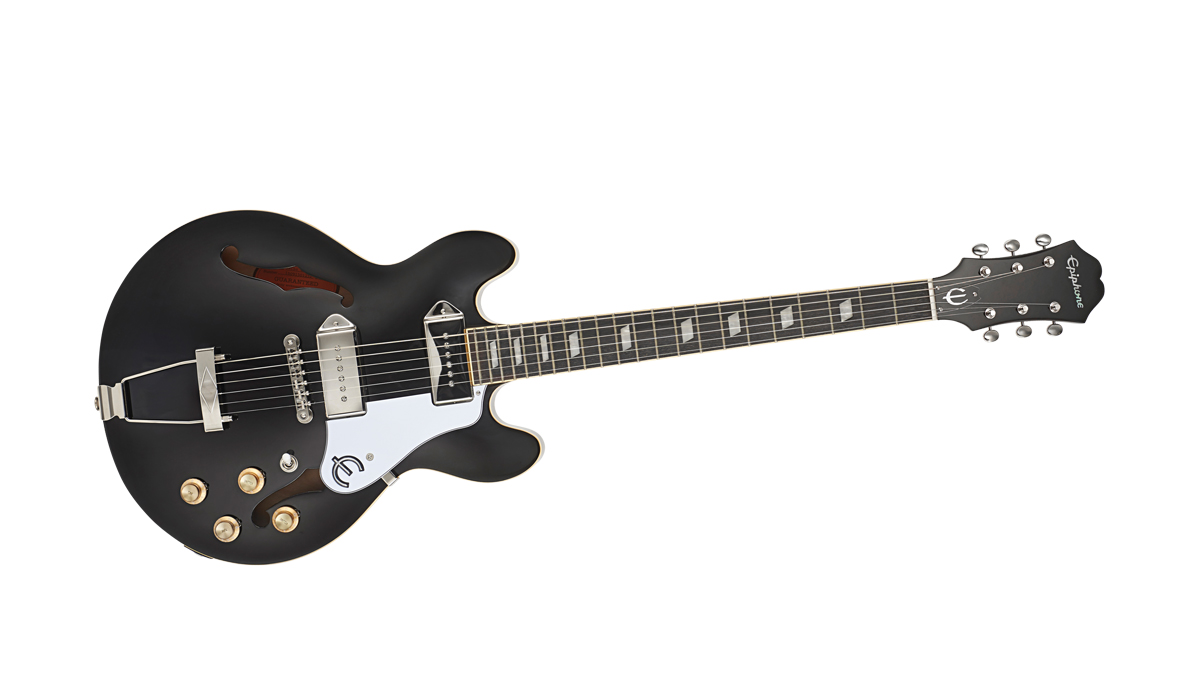
Epiphone Ltd Ed Casino Coupe
Looks a bit smaller than your average Casino...
That’s because it is - this Coupe is closer to an ES-339 in size - but carries all the trademarks of Epiphone’s most famous original. With a trapeze tailpiece and P-90-style pickups, this faithful reinvention offers a lightweight and wallet-friendly alternative to the original.
Does the size of the guitar affect the tone at all?
Well, actually the Casino Coupe is by far the loudest instrument, acoustically, in this round-up, so if you’re going for those massive, stadium-bothering chords Dave Grohl and co are renowned for, this will do just the trick. The only downside is there is a limit to how much distortion you can throw at it before the acoustic feedback takes over.
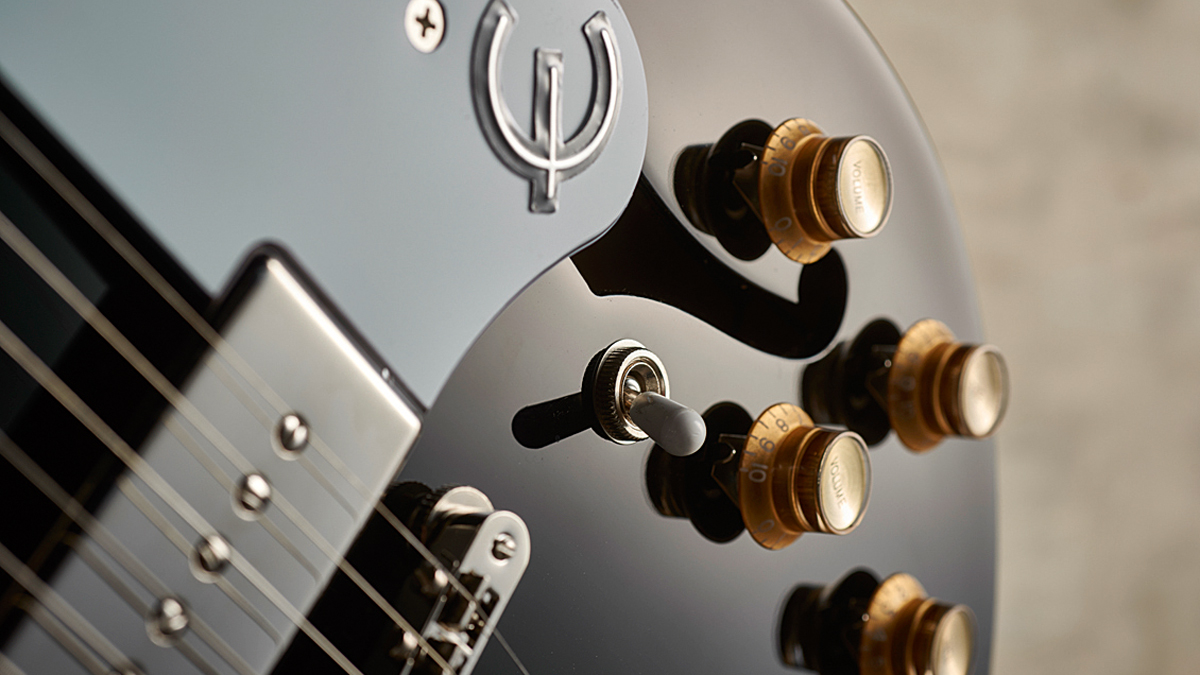
What music does it work best for?
It’s still pretty damn versatile - a reliable workhorse for all your favourite Rolling Stones licks. The P-90s give it a more woolly flavour that simply begs for unleashing your inner Joe Pass. The natural resonance shines through, too, delivering an almost hybrid electric/acoustic tone on cleaner settings.
At a glance
Key features: 5-layer laminated maple body, mahogany neck, rosewood fingerboard, Epiphone P-90 pickups, Coupe Trapeze tailpiece
Finish: Inverness Green, Ebony (as reviewed)
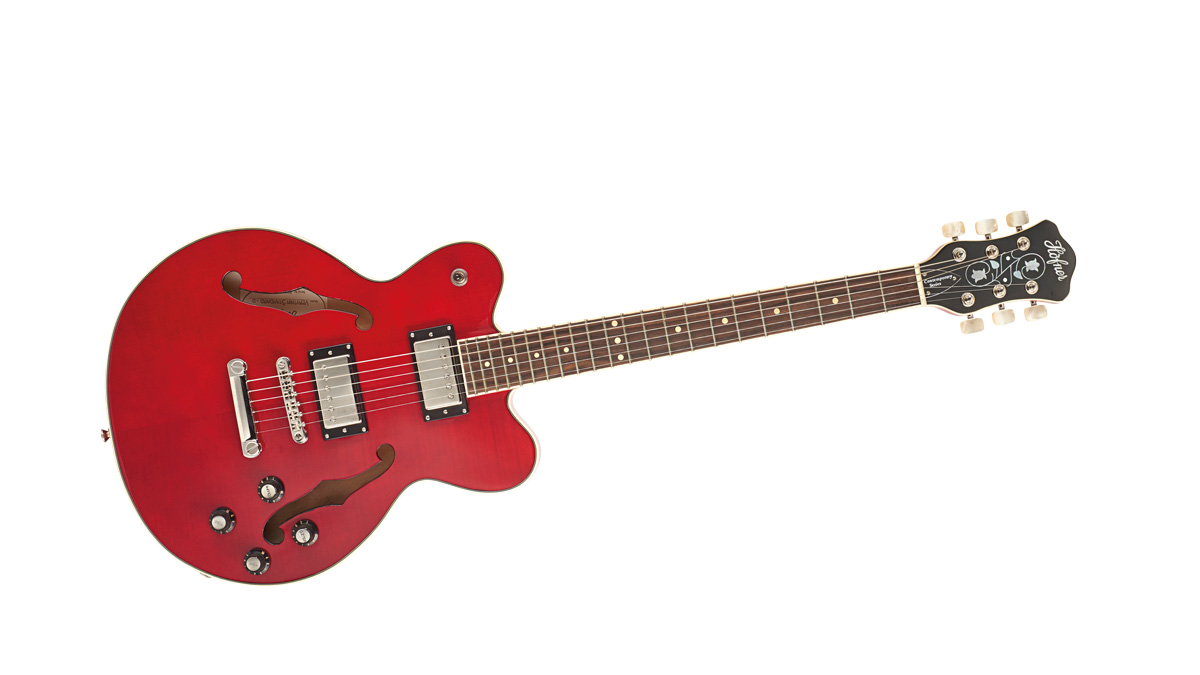
Hofner Verythin Deluxe
This looks like one of the lightest semi-hollows around...
You’re not wrong there. Smaller and thinner than all of the guitars in this round-up, this Chinese-made instrument is designed with comfort in mind. With its smaller headstock and narrow chambers, the Verythin Deluxe is actually lighter than most Strats - welcome news for those playing one-hour-plus sets night after night.
So it probably has less acoustic resonance?
As we learned with the Casino Coupe, size isn’t always everything - but in this case, there is a drop in volume when strumming acoustically compared with most semis. There is actually a plus side to that - with smaller chambers, there’s little chance of acoustic feedback ringing out and stealing your thunder.
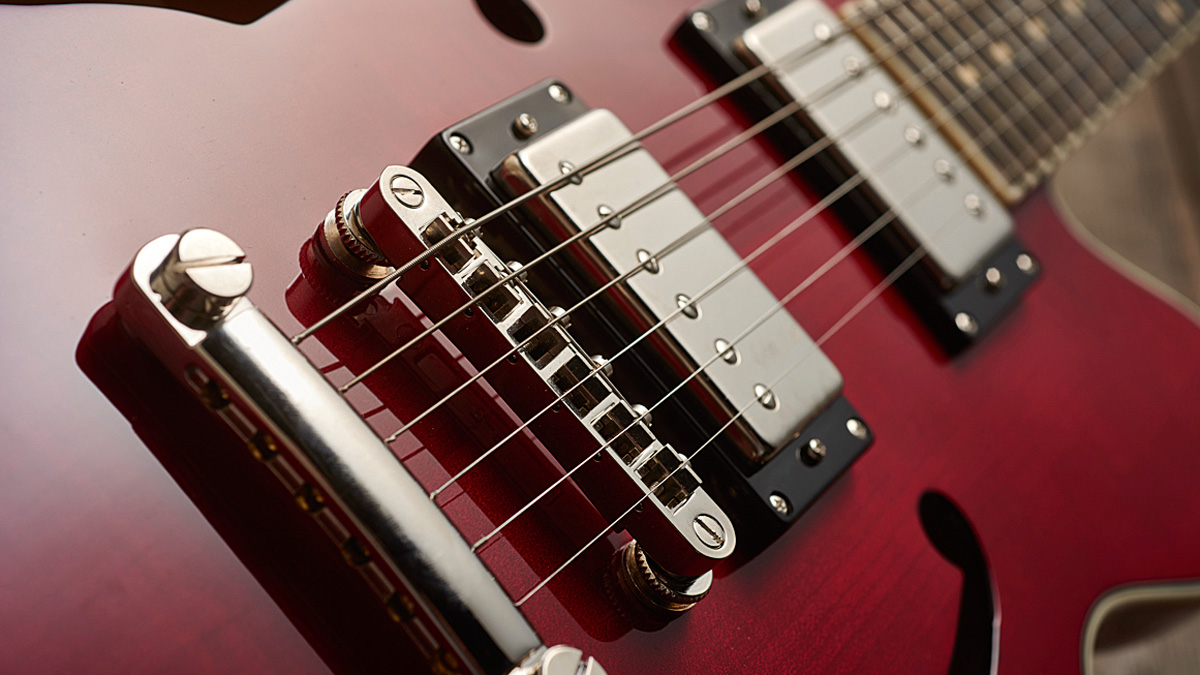
What features make it stand out?
The Hofner Script & Lily artwork sits proud on the headstock, in between two sets of pearl-button tuners. The black and silver knobs work well against the transparent red finish, and the Hofner Full Size pickups are surprisingly powerful for a guitar that looks so lavishly innocuous, much like the tone machines of yesteryear.
At a glance
Key features: Spruce body (reduced size), flame maple neck, rosewood fingerboard, 2x Hofner Full Size humbucker nickel pickups, black potentiometer knobs, pearl tuner buttons
Finish: Matt Black, Transparent Red (as reviewed)

Head to head
On first glance, these are all attractive guitars - the kind of instruments you’d expect to find in a 60s memorabilia museum, surrounded by pictures of early rock ’n’ roll legends strumming them criminally high above the waist.
The relic’d Artcore goes one step further, however, with its degraded aesthetics finished convincingly without even the slightest whiff of kitsch - a common danger in budget boutique.
The compact models by Epiphone and Hofner aren’t necessarily easier to play because of their smaller bodies. They might initially feel less bulky than the Ibanez and Gretsch, but after a few minutes of adjusting, size makes little actual difference in playability. Perhaps the only downside to the Streamliner is its access to the very upper frets - the bottom cutaway is a little restrictive for any ambitious lead playing beyond the 17th. In every other regard, from sound to appearance to versatility, it’s an axe that goes above and beyond.

The Verythin Deluxe suffers from the same issue, while the double-cut Ibanez has no problematic area on its fretboard whatsoever. It’s an attention to detail carried across every aspect of the instrument from top to bottom - typical of the brilliant Japanese craftsmanship that infuriated the American brands as far back as the 60s.
And even though it’s the heaviest of these four guitars, there’s something about that very fact which helps it capture the essence of the vintage prototypes. And despite being less versatile because of its natural acoustics, what the Epiphone does, it does incredibly well.
The softer P-90s facilitate an emphasis on warmer sounds, and even before it’s plugged in, you’ll inevitably enjoy the thrill of playing it acoustically for hours on end. It offers great access to all frets and weighs about the same as the thin-cut Hofner, without any sacrifice on natural vibration - if anything, that’s its forte.

Final verdict
You might have already guessed from our head to head that of the four guitars we have on test today, the Ibanez and Gretsch models come out on top without breaking much of a sweat. It’s hard to find a guitar that truly feels expensive under the £500 mark, but in all fairness, these two semi-hollows do great justice to their long-established brands.
The Streamliner benefits from a wider tonal scoop into the higher mids, while the Ibanez has more to offer lead guitarists in terms of playability at the dusty end of the fretboard. Both instruments make you feel like you’ve got something old in your hands - which, let’s be honest, is an important aspect when you’re buying a guitar of this nature.

For smaller, younger or less experienced players - the Verythin Deluxe and Casino Coupe will be easy to pick up and get going from the off, but do lose a bit of tone and versatility along the way. They certainly present a happy medium between solidbodies and more traditional semi-hollow guitars, but isn’t the point of owning a guitar like this to have something closer to a jazz box?

For those that are looking to add something truly different and unique to their collection, the two compact models may be too much of a compromise on what semi-hollows are celebrated for: ringing chords and bags of natural sustain.
Best all-rounder: Ibanez Artcore Vintage ASV10A-TCL
5 out of 5
Best value: Gretsch Streamliner G2622
5 out of 5
Best for acoustic resonance: Epiphone LTD Ed Casino Coupe
4 out of 5
Best for your back: Hofner Verythin Deluxe
4 out of 5

Amit has been writing for titles like Total Guitar, MusicRadar and Guitar World for over a decade and counts Richie Kotzen, Guthrie Govan and Jeff Beck among his primary influences. He's interviewed everyone from Ozzy Osbourne and Lemmy to Slash and Jimmy Page, and once even traded solos with a member of Slayer on a track released internationally. As a session guitarist, he's played alongside members of Judas Priest and Uriah Heep in London ensemble Metalworks, as well as handling lead guitars for legends like Glen Matlock (Sex Pistols, The Faces) and Stu Hamm (Steve Vai, Joe Satriani, G3).
“I feel like that song had everything we needed to come back with”: Bring Me The Horizon’s Lee Malia on Shadow Moses, its riff and the secrets behind its tone, and why it was the right anthem at the right time
“For those on the hunt for a great quality 12-string electro-acoustic that won’t break the bank, it's a no-brainer”: Martin X Series Remastered D-X2E Brazilian 12-String review
“I feel like that song had everything we needed to come back with”: Bring Me The Horizon’s Lee Malia on Shadow Moses, its riff and the secrets behind its tone, and why it was the right anthem at the right time
“For those on the hunt for a great quality 12-string electro-acoustic that won’t break the bank, it's a no-brainer”: Martin X Series Remastered D-X2E Brazilian 12-String review











